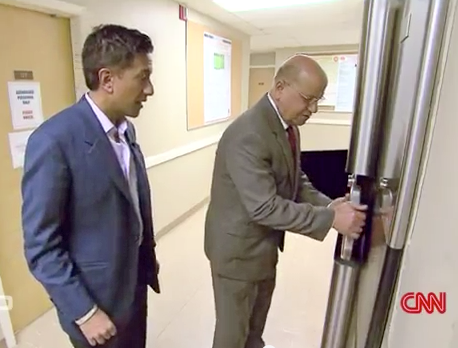The $6 million bill incurred to date by an Ohio woman prescribed a new pharmaceutical to treat a rare bone disorder is draining the treasury of her husband’s union, whose health plan provides her coverage. Her family’s plight (and the union’s, and the nation’s) is described in a front-page NY Times story August 26 on the impact of super-expensive new drugs. Excerpts follow:
Strensiq is one of the costliest drugs in the world. It is part of an unsettling trend in which ultraexpensive drugs are becoming more common, spurring a national debate over whether any drug should cost millions of dollars, and whether Americans will be priced out of lifesaving treatments as drug companies maximize their profits.
Extraordinary scientific advances — as well as tax breaks and other government incentives for developing drugs for rare diseases — have spawned treatments, and even cures, for illnesses that were once a death sentence. And now that cheaper generic drugs account for about 90 percent of all prescriptions filled in the United States, pharmaceutical companies are turning to rare-disease treatments and gene therapies as their next profit engine,with major companies like Pfizer and Novartis investing in drugs for tiny pools of patients.
These drugs face no real competition, including from generic companies, leaving the door wide open for manufacturers to set nearly any price they want.
Rare diseases, however, aren’t all that rare. There are an estimated 7,000 of them, and about 30 million Americans have one — roughly the same number of people in the United States with diabetes. And although there are no treatments for most rare diseases, new therapies are coming on the market nearly every month, with some reaching beyond $2 million a year for a single treatment. Of 59 new drugs approved in 2018, more than half, or 34, were for rare diseases. Those treatments are typically the most expensive, helping to drive an increase in overall spending on prescriptions nationwide.
The Patterson family’s experience also exposes a stunning lack of transparency in drug pricing; many rare-disease drugs are priced based on a patient’s weight, meaning a prescription for an adult costs many times more than one for a child or infant. Pharmaceutical companies often obscure the real cost with initial estimates — provided to the media or Wall Street analysts — that are far less than the eventual real-world cost of the medicines.
In the Pattersons’ case, Strensiq was expected to cost about $285,000 in 2015 according to its manufacturer, Alexion Pharmaceuticals. But here’s the catch: That price was based on the assumption that most patients would be children or infants and would weigh an average of about 50 pounds. In addition, Alexion would not discuss how much it would cost adults. In 2018, Ms. Patterson’s drug bill approached $2 million.
The breathtaking price threw the labor union — the International Brotherhood of Boilermakers, which covers her health care through her husband, Bill — into a crisis.
Four months after she began taking Strensiq, the union’s health plan put payment for the drug on hold to evaluate whether she really needed it.
Two of the Pattersons’ children have inherited the disorder and the Boilermakers were facing a $60 million longterm outlay —until the drug company learned that the Times was on the story.
Alexion, which focuses on treatments for rare diseases and is based in Boston, declined several requests for an interview. Ultimately, under pressure from the boilermakers’ union and Express Scripts and questioned by The New York Times, the company told Express Scripts that it would cap the annual cost at $1.5 million for each adult in commercial plans covered by the pharmacy benefits manager, including the union’s. Alexion said that it is negotiating similar price caps with others, but that those talks were confidential.
The reporters, Katie Thomas and Reed Abelson, noted:
Boilermakers keep the country’s industrial plants running, maintaining and building equipment in everything from oil refineries to shipbuilding factories.





